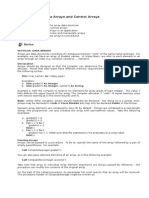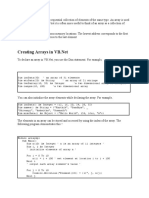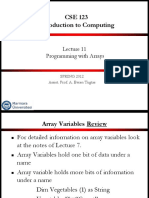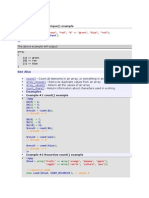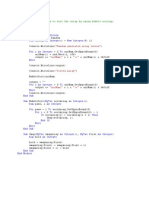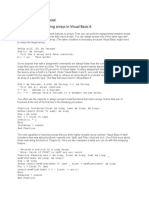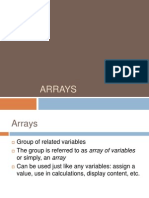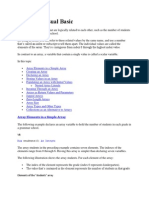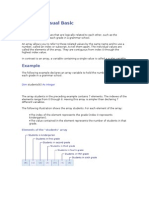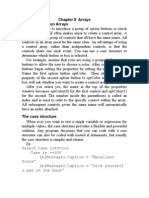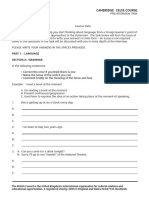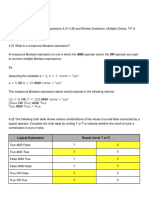0% found this document useful (0 votes)
18 views22 pagesChapt6 Part2 MultiDArray
hehehee
Uploaded by
azimaidil.azmi04Copyright
© © All Rights Reserved
We take content rights seriously. If you suspect this is your content, claim it here.
Available Formats
Download as PDF, TXT or read online on Scribd
0% found this document useful (0 votes)
18 views22 pagesChapt6 Part2 MultiDArray
hehehee
Uploaded by
azimaidil.azmi04Copyright
© © All Rights Reserved
We take content rights seriously. If you suspect this is your content, claim it here.
Available Formats
Download as PDF, TXT or read online on Scribd
/ 22












